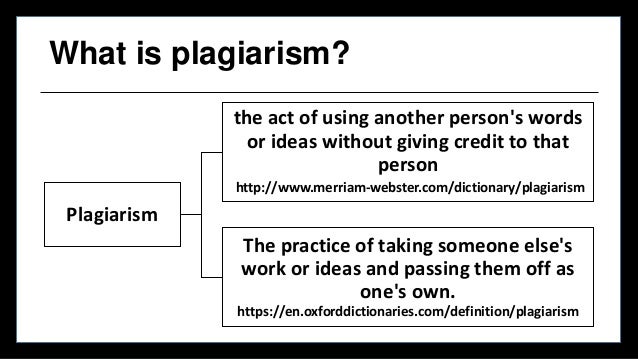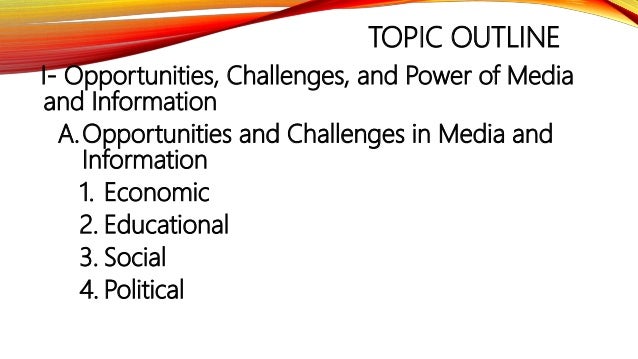




























CURRENT AND FUTURE TRENDS OF MEDIA AND INFORMATION

Ø TONIUM PACEMAKER: POCKET TURNTABLES
The
Pacemaker is the first portable digital music player that lets you mix two
songs together live, the way DJs do with a pair of turntables. The
120-gigabyte hard drive stores
up to 30,000 songs, which you browse by moving your finger around a circular
touchpad like the iPod's. The gadget allows you to speed up or slow down a pair
of songs so their beats match and to adjust the pitch so that the songs you mix
are in the same key.

Ø FRAUNHOFER INSTITUTE CAMERA PILL: FIRST
REMOTE-CONTROL GUT CAM
To steer
this German-designed diagnostic pill, a doctor simply moves a magnetic remote
control over the patient's body. The extra maneuverability lets doctors scan
the stomach and esophagus for disease from multiple angles.

Ø ICON A5: A SEAPLANE FOR BEGINNERS
Intended
for novice fliers who have received the FAA's new, more accessible sport-pilot
license, the A5 is a low-cost, seaworthy, easy-to-fly, easy-to-store aircraft
that aims to bring personal flight to the masses. This sleek floatplane has
folding wings that make it compact enough to tow home and stow in your garage.
To make it simple for even the greenest pilots to fly, the A5 uses a
sports-car-like instrument panel with GPS navigation and minimal
instrumentation. The 100-horsepower engine can run on unleaded gas, so it can
refuel at most marinas. The plane took its first flight in July, and Icon
expects to begin delivering them to customers by late 2010.

Ø VISION RESEARCH PHANTOM V12: THE FASTEST VIDEO
CAMERA ON EARTH
To catch
every detail of the gymnastics and track-and-field competitions at the Beijing
Olympics, NBC brought in the most powerful slow-motion camcorder: a prototype
of the Vision Research V12. The faster the camera, the slower its video
playback, and the V12 is the record holder. It shoots video at up to one
million frames per second at low resolution and captures high-definition at
6,933 fps, seven times as fast as its nearest competitor, Vision Research’s own
Phantom HD. The pixels in the V12’s sensor are about five times the size of
those in an SLR, allowing them to absorb enough light even at ultrafast shutter
speeds. To process the torrent of data, the camera breaks the task into smaller
operations that run simultaneously.
Ø FESTOOL KAPEX: THE MOST PRECISE SAW YET
Miter
saws make quick work of chopping trim and molding, and they create beveled
edges that meet to form neat corners. But most leave rough cuts that you have
to clean up by hand. The Kapex is the first that can sense when the blade slows
down—which can tear up the wood—and boost the power to keep it spinning at a
constant speed. You can also adjust the blade's speed so it won't leave burn
marks on harder woods like oak. A knob controls an intricate gearing system
that lets you adjust the bevel to within a tenth of a degree.
Ø SENSABLE DENTAL LAB SYSTEM: FIRST HAPTIC FEEDBACK
SYSTEM FOR DESIGNING PARTIAL DENTURES
With the
SensAble Dental Lab System, fashioning a made-to-order restoration is as easy
as waving a wand—literally. Instead of painstakingly carving a wax mold to get
the framework's form right, technicians sculpt a digital model of the mouth
onscreen using a haptic pen that simulates the feel of real wax. A 3-D printer
then produces a resin prototype, which is cast in metal for insertion, all in
half the time of conventional methods.

Ø LANDSHARK: A BOMB SQUAD ON WHEELS
The genius
of the LandShark is its versatility. The 400-pound bomb-diffusing robot, which
will deploy next year to Iraq, is made entirely from off-the-shelf parts, so
virtually any mechanic can repair it. Equipped with explosive charges, a dirt
tiller and directional sensors, the LandShark can transform from a bomb
shredder to a sentry in minutes. Two seven-horsepower electric motors let it
travel 15 mph, carry 250 pounds, and even tow a wounded soldier. It's narrow
enough to fit through a door, and its elevated front wheels can climb rocky,
42-degree inclines. The most remarkable feature? Its cost: just $70,000, fully
loaded, compared with $250,000 for competing rigs. That makes it cheap enough
for the troops on the front line, not just specialized squads, as well as
firefighters and first-responders.

Ø SMART DRUG DELIVERY PATCH: A PHARMACIST ON YOUR ARM
HP Labs
adapted inkjet-printer technology to create a skin patch that automatically
delivers precise drug dosages painlessly and on schedule. Hundreds of microneedles
draw medicine from individual wells and inject it beneath the skin, where it
enters the bloodstream quickly.
Ø CELLSCOPE: A MICROSCOPE ON YOUR MOBILE
In rural
areas and developing countries, clinics often lack the equipment and staff for
up-close evaluations of malaria, parasites, blood diseases and skin conditions.
The Cellscope is a 5x to 60x microscope attachment for cameraphones that takes
photos of skin and blood cells and transmits the images to experts for
diagnosis. It was successfully tested in the Democratic Republic of the Congo
in August and could soon be used by cancer patients in the U.S. to take
white-blood-cell counts at home.
Ø VENUS SERIES FINGERPRINT SENSOR: A SPOOF-PROOF
BIOMETRIC READER
To get
the most accurate fingerprint reading yet, this scanner shines polarized light
on your finger, creating an image of your prints and blood vessels from the
red, blue and green wavelengths that bounce back. It works through latex and
paint—and even underwater.

Ø The Antro Moveo Electric Folding Scooter
The vehicle is created
by the Antro Group, a Hungarian non-profit organization dedicated to developing
environment-friendly forms of transportation. In its present form, MOVEO weighs
in at 25 kilograms (55 lbs), has a top speed of 45 km/h (28 mph), and a battery
range of 35 kilometers (21.75 miles) per charge.When users reach their
destination, instead of having to look for a parking space, they take about two
minutes to fold the scooter’s carbon-composite body in two. It can then be
pulled along via an integrated handle, and taken indoors like a suitcase.

Ø THE
DRINKABLE BOOK
Dr. Theresa Dankovich has
created a special type of bacteria destroying filter paper for her PhD at
McGill university. She, now based at Carnegie Mellon has teamed up with
scientist of her current institute and the university of Virginia to create the
drinkable book.
Once the water has been passed through a page of the book it comes out on the other side with a 99.9% reduction in bacteria, which is comparable to Tap water in the USA. It works because each page is coated with silver nanoparticles which are capable of destroying bacterial diseases like E. Coli, typhoid, cholera etc. Each filter can offer 30 days of clean water - up to 100 litres. And each book lasts upto 4 years.
The text printed on the pages helps educate people about water safety by explaining the importance of keeping rubbish and human waste away for water supply. So far, it has been trailed suavely successfully in in the developing world. However, at present the filter is not capable of destroying other organisms such as virus and protozoas.
Once the water has been passed through a page of the book it comes out on the other side with a 99.9% reduction in bacteria, which is comparable to Tap water in the USA. It works because each page is coated with silver nanoparticles which are capable of destroying bacterial diseases like E. Coli, typhoid, cholera etc. Each filter can offer 30 days of clean water - up to 100 litres. And each book lasts upto 4 years.
The text printed on the pages helps educate people about water safety by explaining the importance of keeping rubbish and human waste away for water supply. So far, it has been trailed suavely successfully in in the developing world. However, at present the filter is not capable of destroying other organisms such as virus and protozoas.
MEDIA AND INFORMATION LANGUAGES












Mga Komento
Mag-post ng isang Komento